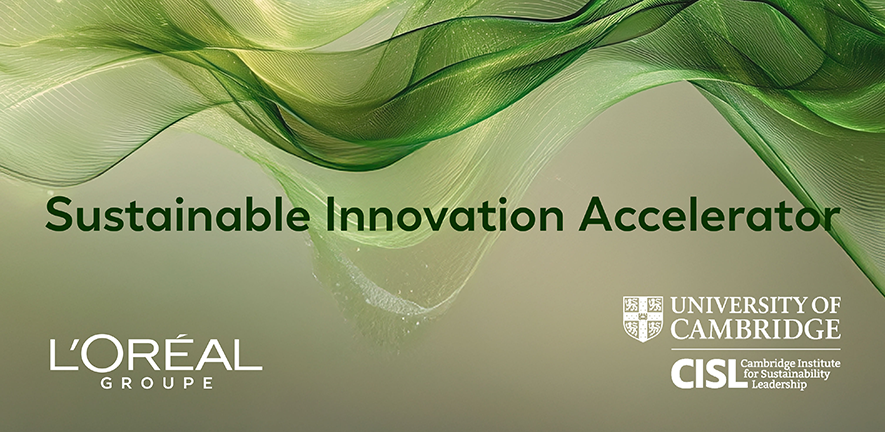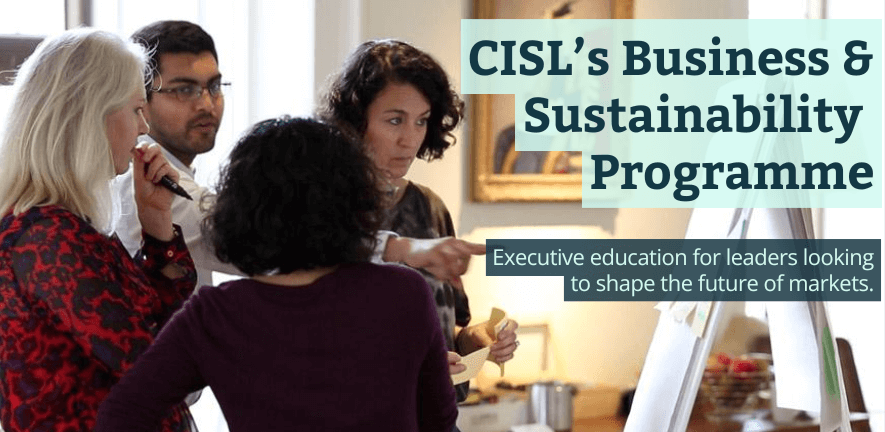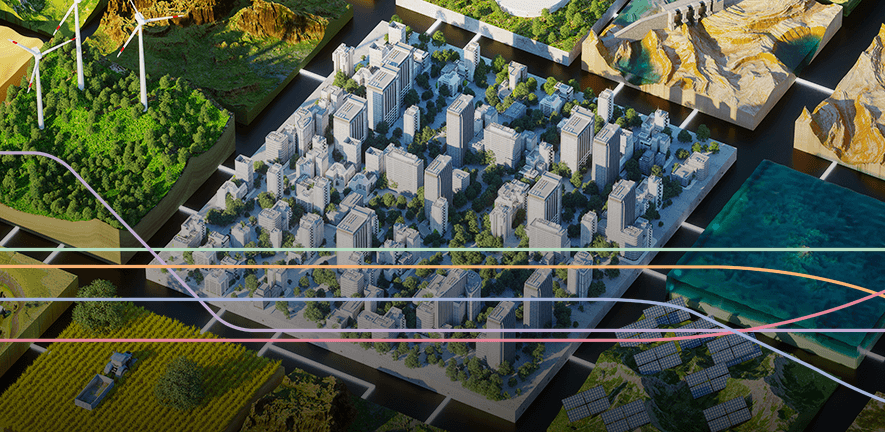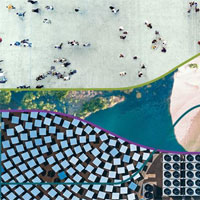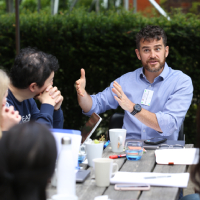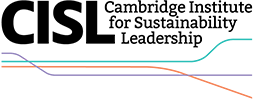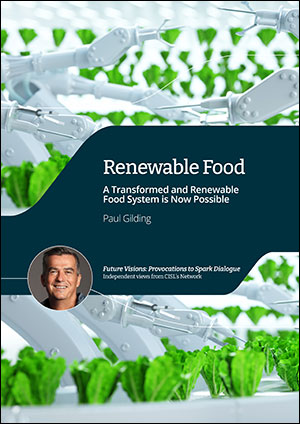Cambridge Institute for Sustainability Leadership (CISL)
We are an impact-led institute within the University of Cambridge that activates leadership globally to transform economies for people, nature and climate. Through our global network and hubs in Cambridge, Cape Town and Brussels, we work with leaders and innovators across business, finance and government to accelerate action for a sustainable future.
Trusted since 1988 for our rigour and pioneering commitment to learning and collaboration, we create safe spaces to challenge and support those with the power to act.
Business Sustainability Management online short course
For professionals wanting to act as an agent for positive change and lead sustainability across an organisation.
Our impact
CISL’s priority impact areas for systemic transformation – Future Place, Future Economy and Future Lives - pave the way for bold action and regenerative leadership for people, nature and climate.
Our global Network
Our global network of over 30,000 leaders and innovators takes individual, collaborative and collective action to accelerate transformation for sustainable societies and economies.
News and resources
News on CISL's latest work and insights on approaches that have the potential to deliver transformational change towards a sustainable economy.
Who we work with and why
Our multi-stakeholder approach engages influential individuals alongside businesses, governments, financial institutions and civil society representatives, focusing on their shared potential to rewire economic, social and environmental systems.

